
Infiniti QX56

Photos





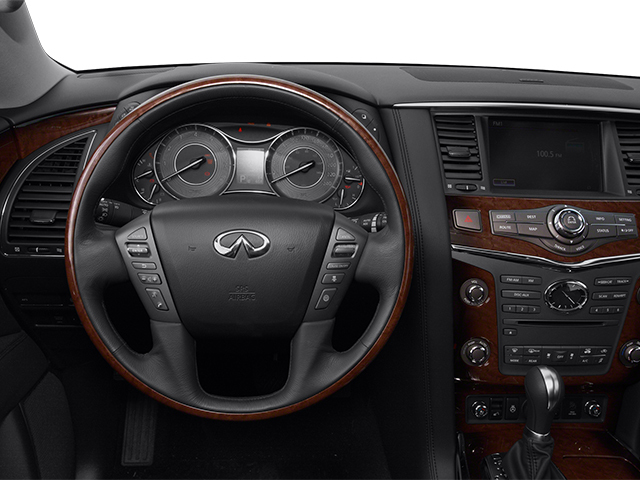
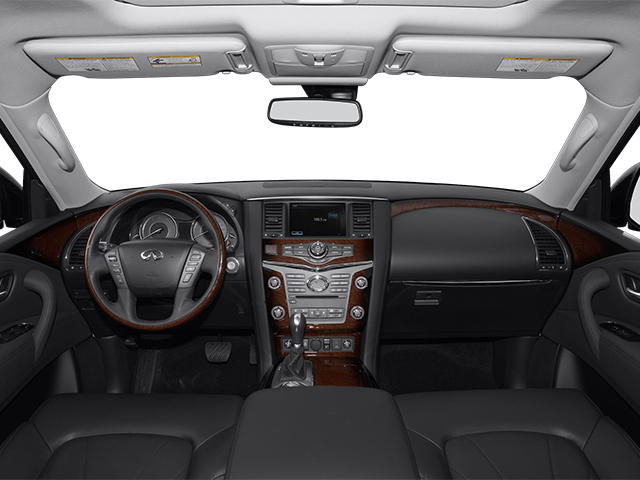


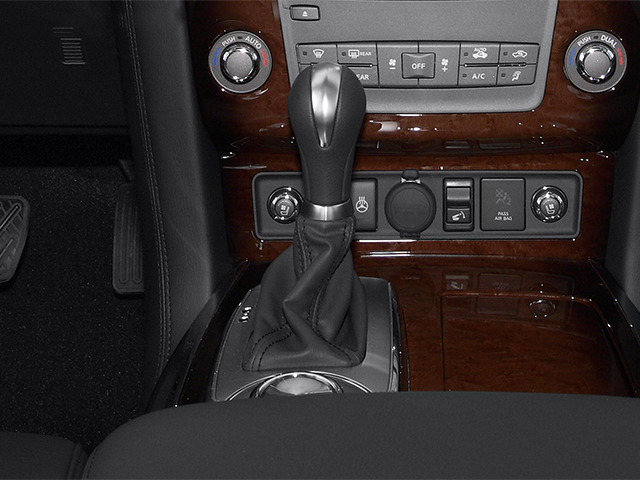



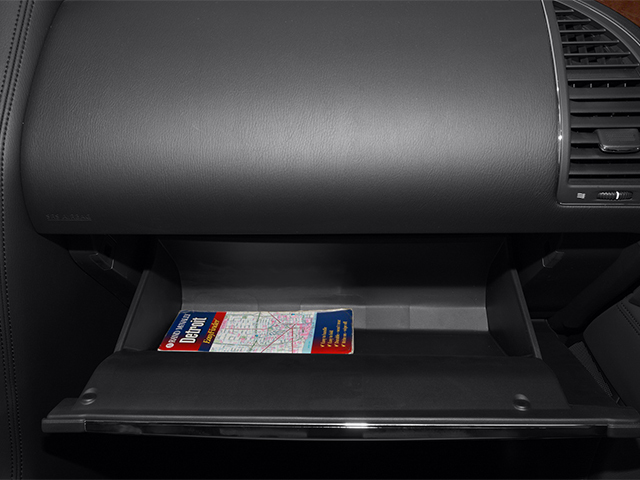
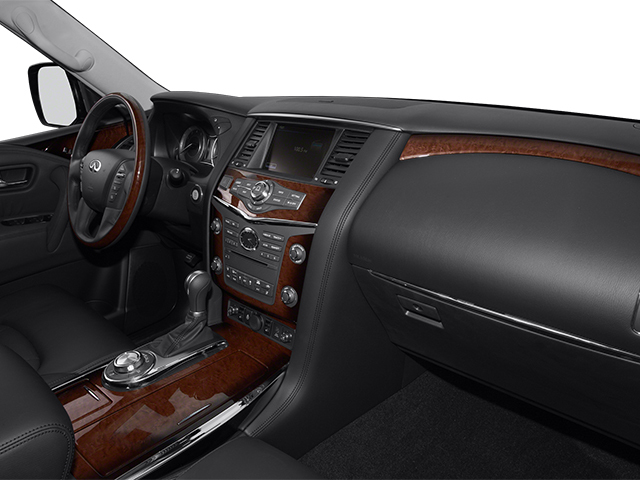

















Reviews and News
There are no reviews and news for Infiniti QX56
Owner Scores
This vehicle has not yet been reviewed
Recall Information
* Data provided by Transport Canada
Recall number
Recall date
System affected
Model year(s) affected
Recall number
2020-136
Recall date
2020-03-31
System affected
Airbag
Model year(s) affected
2011 2012
Manufacturer Recall Number:
Units Affected:
18,553
Notification Type:
Safety Mfr
Issue:
On certain vehicles, the driver-front airbag inflator could be defective. This could cause the airbag to deploy with more force than normal. It could also cause the inflator to rupture. If the airbag inflator ruptures, fragments could be propelled toward the occupants or cause damage to the airbag and prevent it from inflating properly.
Safety Risk:
If the vehicle is involved in a crash where the airbag deploys, the airbag inflator could rupture and create a risk of injury or death.
Corrective Actions:
The company will notify owners by mail and instruct you to take your vehicle to a dealer to replace the driver-front airbag inflator or airbag module.
Recall number
2014-539
Recall date
2014-11-28
System affected
Fuel Supply
Model year(s) affected
2011 2012 2013
Manufacturer Recall Number:
Units Affected:
10,434
Notification Type:
Safety Mfr
On certain vehicles, the fuel pressure sensor connected to the engine fuel delivery rail may not have been sufficiently tightened during vehicle assembly. Should the pressure sensor loosen, fuel could leak past a gasket used in the connection between the sensor and the rail. Fuel leakage, in the presence of an ignition source, could result in a fire causing property damage and/or personal injury. Correction: Dealers will inspect the pressure sensor and tighten to specification. Note: This is an expansion of recall 2012-074. Vehicles that were repaired under the previous campaign are not affected because that remedy would have corrected the subject condition.
Recall number
2014-476
Recall date
2014-10-23
System affected
Airbag
Model year(s) affected
2013
Manufacturer Recall Number:
Units Affected:
45
Notification Type:
Safety Mfr
On certain vehicles, the driver's (frontal) airbag inflator was built with an incorrect part which could cause the inflator to rupture during a deployment. In a crash, this may cause airbag components to separate, which could allow fragments to be propelled toward vehicle occupants, increasing the risk of injury. Correction: Dealers will replace the driver's (frontal) airbag.
Recall number
2012-156
Recall date
2012-04-11
System affected
Label
Model year(s) affected
2004 2005 2006 2007 2008 2009 2010
Manufacturer Recall Number:
Units Affected:
4,885
Notification Type:
Compliance Mfr
Certain vehicles fail to comply with the requirements of Canada Motor Vehicle Safety Standard 210.1 - User-ready Tether Anchorages for Restraint Systems. Specifically, the pictograms identifying the location of the tether anchors measure 15 mm in height instead of 20 mm as required by the Standard. Correction: Since this non-compliance condition does not pose any safety risk, no corrective action is required.
Recall number
2012-074
Recall date
2012-02-23
System affected
Fuel Supply
Model year(s) affected
2011 2012
Manufacturer Recall Number:
R194 / R195
Units Affected:
7,394
Notification Type:
Safety Mfr
On certain vehicles, the fuel pressure sensor connected to the engine fuel delivery rail may not have been sufficiently tightened during vehicle assembly. Should the pressure sensor loosen, fuel could leak past a gasket used in the connection between the sensor and rail. Fuel leakage, in the presence of an ignition source, could result in a fire causing property damage and/or personal injury. Correction: Dealers will inspect for fuel leakage from the pressure sensor and the fuel rail. If there are no signs of a fuel leak, the fuel pressure sensor will be tightened to specifications. If a fuel leak is confirmed, the gasket between the sensor and the fuel delivery rail will be replaced, and the sensor will be tightened.
Recall number
2010-383
Recall date
2010-11-03
System affected
Lights And Instruments
Model year(s) affected
2011
Manufacturer Recall Number:
R170, R173
Units Affected:
19,565
Notification Type:
Safety TC
On certain vehicles, the filament in the bulb of the Daytime Running Lamps (DRL) may burn out due to a shorter lifespan than expected. A loss of DRL illumination could render the vehicle less visible to other motorists and to pedestrians during daylight hours, possibly resulting in a crash causing property damage and/or personal injury. Correction: Dealers will replace the Daytime Running Lamp bulbs with a longer life type bulb.
Recall number
2010-373
Recall date
2010-10-28
System affected
Engine
Model year(s) affected
2004 2005 2006
Manufacturer Recall Number:
R168, R169
Units Affected:
24,207
Notification Type:
Safety Mfr
On certain vehicles the Intelligent Power Distribution Module (IPDM) assembly contains an Engine Control Module (ECM) relay that has a diode for electrical current noise reduction. The ECM relay may allow silicon vapor to form and over time the silicon evaporates from the diode molding which causes silicon oxide to develop on the ECM relay contact due to arcing. In certain instances, this oxidation could cause engine performance issues (hesitation, rough engine idle, slow start/no-start condition), and engine stalling at low engine speeds which may result in a crash. Correction: Dealers will replace the Engine Control Module (ECM) relay.
Recall number
2010-159
Recall date
2010-05-26
System affected
Suspension
Model year(s) affected
2010
Manufacturer Recall Number:
R160, R161
Units Affected:
2,759
Notification Type:
Safety Mfr
On certain vehicles, the lower control link assembly collars (forming the inboard attachment point to the chassis) may not have been manufactured correctly. If the collar weld fails, the cylindrical collar can open, which will allow the collar to slip over the mounting bolt and bushing. This may change the wheel camber, which could allow vehicle handling characteristics to deteriorate, possibly resulting in a crash causing property damage and/or personal injury. Correction: Dealers will inspect and, if necessary, replace the lower control link assembly.
Recall number
2010-088
Recall date
2010-03-24
System affected
Powertrain
Model year(s) affected
2010
Manufacturer Recall Number:
Units Affected:
660
Notification Type:
Service Campaign Mfr
On certain four-wheel drive vehicles, the joint portion of the front driveshaft may contain small cracks. These cracks may eventually lead to a failure, resulting in separation of the front driveshaft. If the driveshaft failed while the vehicle was moving, a loud noise would be heard. If the vehicle were in 2WD mode, the driveshaft would come to rest on the frame cross-member, and the vehicle could be operated normally. The driveshaft would not come in contact with brake, steering or fuel system components, therefore the risk of a crash is considered minimal. Correction: Dealers will inspect the vehicle and replace the front driveshaft if necessary.
Recall number
2010-062
Recall date
2010-03-03
System affected
Brakes
Model year(s) affected
2008 2009 2010
Manufacturer Recall Number:
R154, R155
Units Affected:
6,246
Notification Type:
Safety Mfr
On certain vehicles, the brake pedal pivot pin end was not properly manufactured. As a result, the pin may not remain in place, causing the brake pedal to partially disengage from the brake pedal bracket. If this occurs, the driver will experience unusual and noticeable looseness in the pedal and a reduction in braking force. A reduction in braking force may lead to increased stopping distances and the risk of a crash causing property damage, personal injury or death. Correction: Owners of all potentially affected vehicles will be contacted and their brake pedal assembly will be inspected and replaced if necessary.
Recall number
2010-060
Recall date
2010-03-02
System affected
Fuel Supply
Model year(s) affected
2005 2006 2007 2008 2009
Manufacturer Recall Number:
R151, R152
Units Affected:
8,681
Notification Type:
Safety Mfr
On certain vehicles, the material used on fuel level sending unit contacts can wear and contaminate the sender. This causes the instrument panel fuel gauge to display that the vehicle still has some fuel left in the tank when the fuel tank is empty. An inaccurate fuel gauge can lead to engine stalling while driving, which may increase the risk of a crash causing property damage, personal injury or death. Correction: Letters will be sent to owners in two stages. The first letter will advise owners of fuel gauge inaccuracy and recommend maintaining a fuel level above the one half position. The second letter will follow, requesting owners bring their vehicles to a dealer for replacement of the fuel sender unit.
Recall number
2008-221
Recall date
2008-06-24
System affected
Electrical
Model year(s) affected
2004 2005 2006
Manufacturer Recall Number:
R133 R134 R136 R137
Units Affected:
8,080
Notification Type:
Safety Mfr
Certain 2005-2006 model year vehicles may have been assembled with an incorrectly manufactured air conditioning condenser fan motor, which could allow excessive water intrusion and inadequate drainage. If sufficient moisture accumulates in the motor, corrosion could occur, increasing internal friction, and thereby augmenting the electrical current draw. This could cause an increase in the motors operating temperature that could eventually melt its wiring insulation and other plastic components and form a gas. If two wires without insulation touch each other and create a spark, this gas could ignite and result in a vehicle fire, which could cause property damage, personal injury or death. Note: 2004, and some 2005 model year vehicles are equipped with a different fan motor that is not subject to this campaign. However, it is possible that a limited number of these vehicles may have received the subject condenser fan as a service replacement part, thereby being included in this action. Correction: Dealers will affect repairs.
Select Another Vehicle

